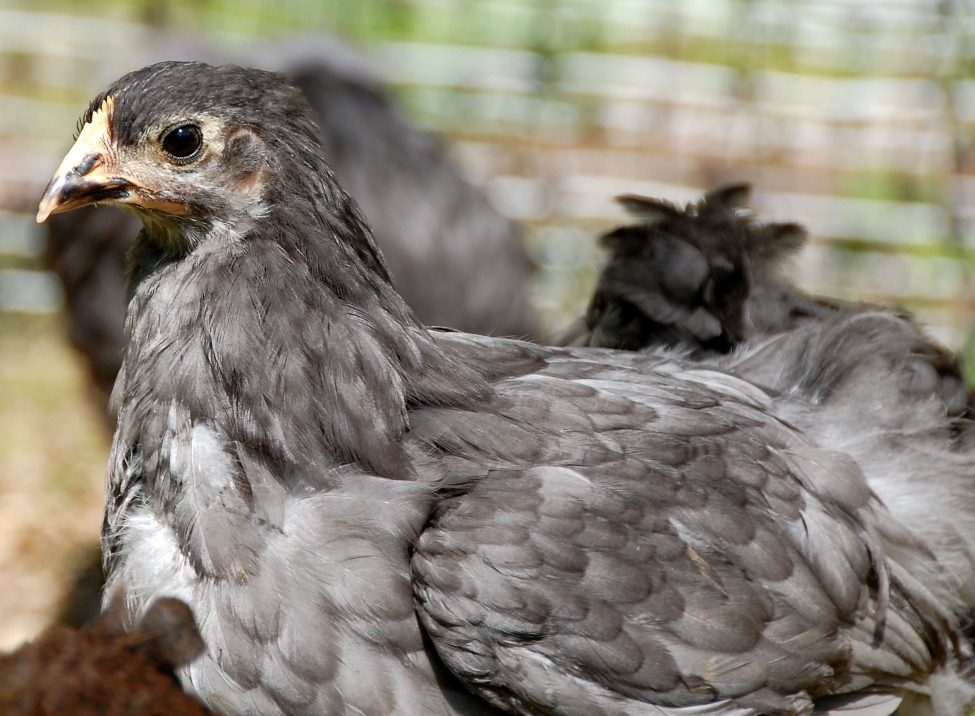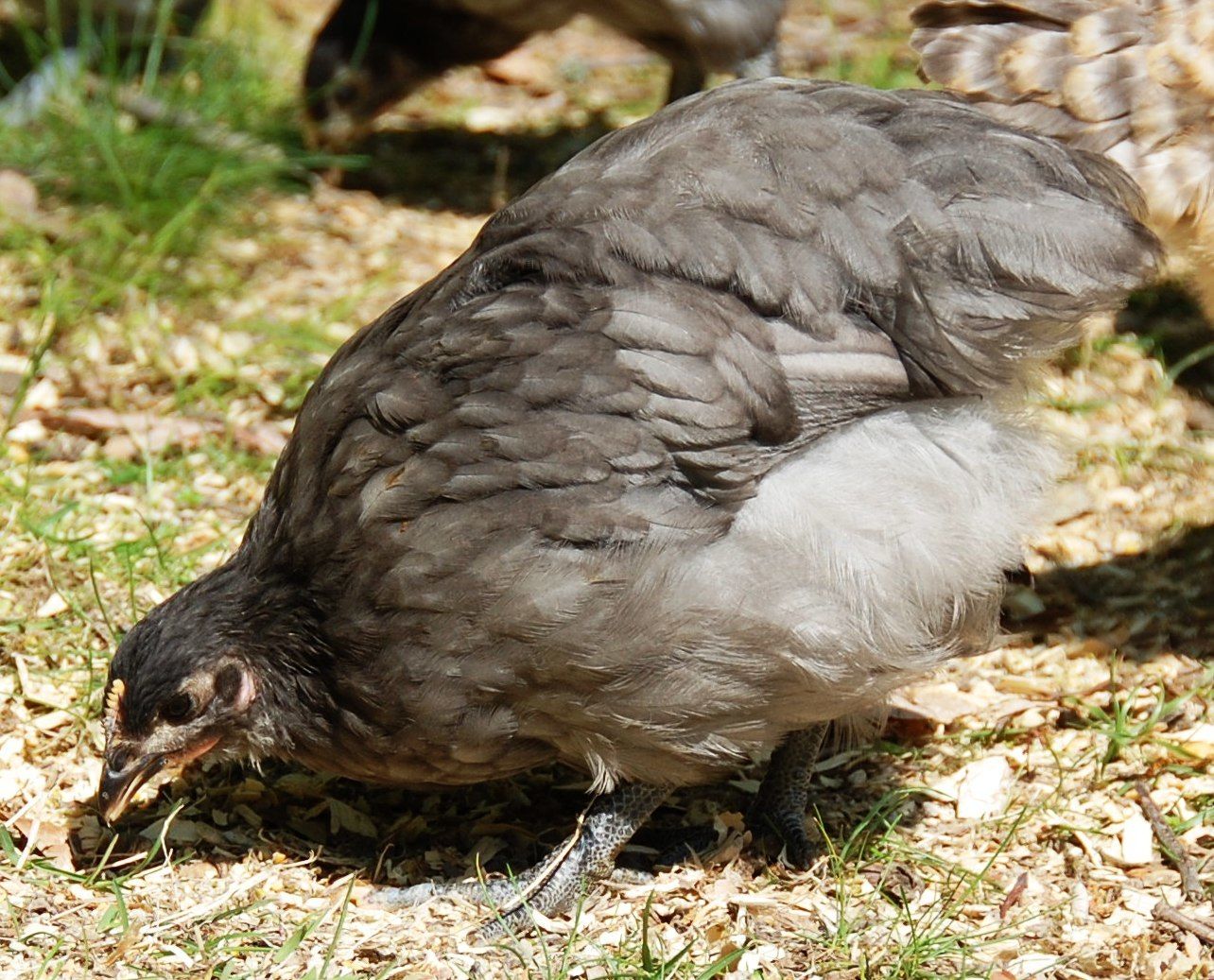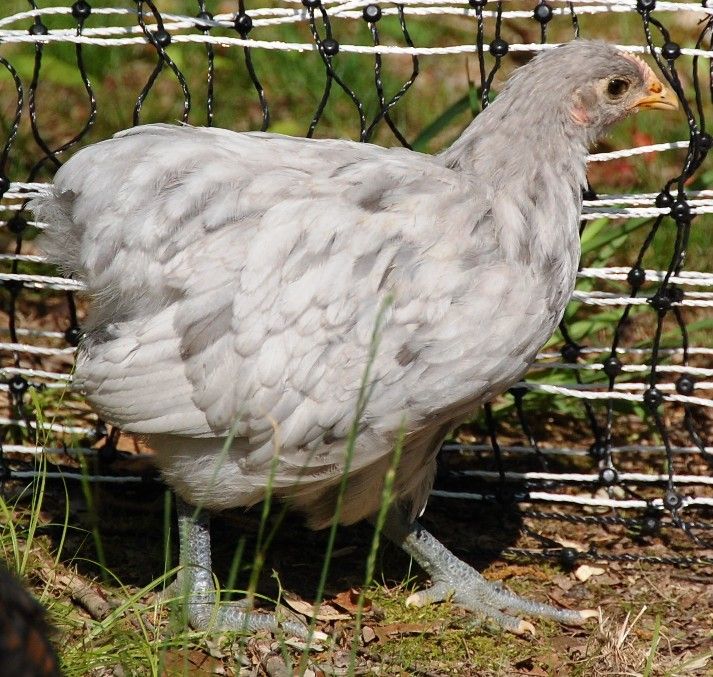I hope this is the right place to ask... I recently found an ad in my local classifieds for Lemon Cuckoo Orpingtons. He is asking $5 for chicks and $15 for his adults. He says he must sell them due to health reasons (his, not the chickens I hope!). Do you think this is a fair price? What questions should I ask him to be sure these are quality birds? Thanks for the help!
Here is the photo from the ad

Here is the photo from the ad











